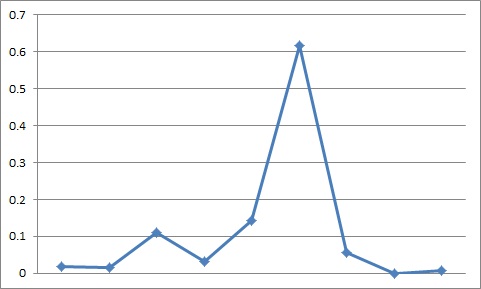When it comes to allowing unearned runs, are pitchers masters of their own fate, or innocent victims of circumstance (or, perhaps, not so innocent)? That is the question I’ll look at in this second installment on unearned run prevention.
In Part 1 of this series, I looked at what evidence there might be to support the hypothesis that unearned run avoidance was a skill that some pitchers could consistently demonstrate over their careers. The major conclusion was that, since 1961, team ERA and team unearned run prevention showed positive correlation. That is, of those teams successful in limiting unearned runs, the proportion with better pitching (i.e. lower ERAs) was higher than for groups of teams having less success in preventing unearned runs. This conclusion also seems intuitively correct – pitchers who are good at preventing earned runs are probably also good at preventing unearned runs.
In Part 2, I’ll take the next step and try to identify those pitchers who seem most and least adept at the skill of preventing unearned runs. Yes, I called it a skill because, while some errors lead immediately and unavoidably to runs scoring, many times the consequences are not so dire, affording pitchers the opportunity to work out of jambs caused by their defense. Whether because of temperament or determination, some pitchers seem to do this quite well, while others … well, not so much.
After the jump, more on pitchers and unearned runs.
Continue reading →

